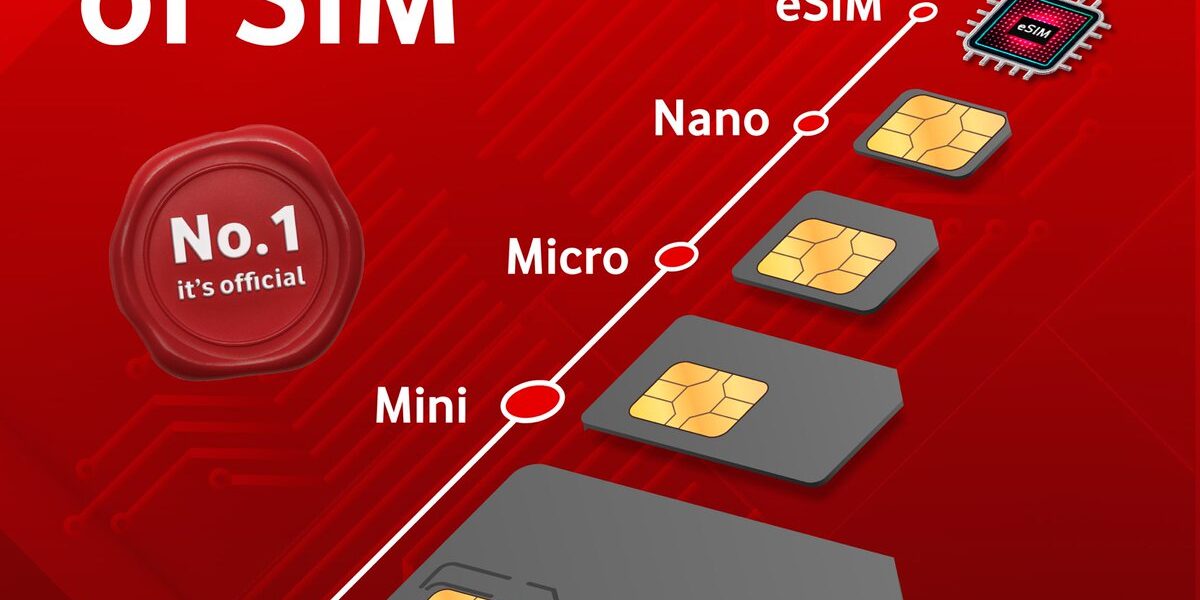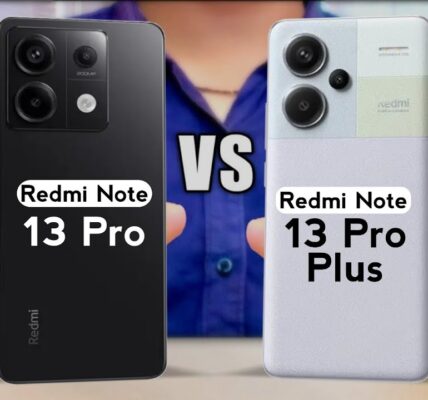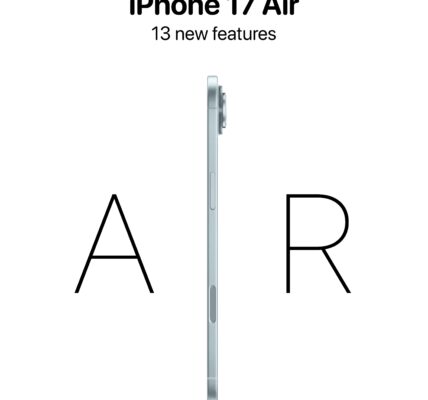In the fast-paced world of mobile technology, staying connected has become more essential than ever. Whether you’re traveling, managing multiple business lines, or just trying to keep your personal and work lives separate, mobile connectivity has evolved to meet our ever-changing needs. But have you ever wondered which technology truly offers the best flexibility and convenience for your mobile needs? A couple of technologies leading this evolution are Dual SIM and eSIM. Both of these have transformed how we use our phones and interact with mobile networks, offering new features and capabilities that weren’t possible in the past.
In this article, we’ll compare Dual SIM and eSIM technologies, explore their advantages and drawbacks, and help you understand which one is better suited to your needs. From the future of global roaming to the flexibility of managing multiple lines, we’ll cover it all.
What is Dual SIM? A Deep Dive into Traditional SIM Technology
How Does Dual SIM Work?
Dual SIM technology allows users to insert two physical SIM cards into one device, enabling two mobile numbers to work on the same phone. This is especially useful for people who need to separate personal and work calls, or for those who travel internationally and want to avoid exorbitant roaming charges.
Each SIM card can be associated with a different carrier, and some phones allow you to manage settings like which SIM to use for data, voice, or text. In essence, Dual SIM provides the convenience of having two phones in one.
The Advantages of Dual SIM Phones
-
Cost Savings on Roaming: Travelers can use a local SIM for data and calls while keeping their primary SIM active.
-
Better Coverage: With two networks available, users can access better coverage, especially in rural or remote areas.
-
Work-Life Balance: Keeping work and personal numbers on separate SIM cards ensures privacy and organization.
The Limitations of Dual SIM Technology
While Dual SIM offers many benefits, it also comes with some limitations:
-
Physical Space Constraints: Not all phones can accommodate two physical SIM cards due to size limitations.
-
Battery Drain: Managing two active connections can sometimes lead to higher battery consumption.
-
Limited by Carrier Compatibility: Not all carriers support Dual SIM functionality, making it less useful in certain regions.
What is eSIM? Understanding the New Wave in Mobile Connectivity
How eSIM Works: A Look Under the Hood
Unlike Dual SIM, eSIM (Embedded SIM) technology does not require a physical SIM card. Instead, the SIM functionality is embedded directly into the device’s hardware. eSIM is programmable and can store multiple carrier profiles, allowing users to switch networks or carriers without needing to swap out physical SIM cards.
To activate an eSIM, users typically scan a QR code provided by their carrier or use a mobile app to configure their network settings.
The Advantages of eSIM Technology
-
Space Efficiency: Since there’s no physical card to store, phones can be made thinner and lighter.
-
Quick Network Switching: Users can change carriers and plans with just a few taps on the phone’s settings.
-
Multiple Profiles: eSIMs can store multiple profiles, making it ideal for those who need more than one carrier for travel or business.
eSIM vs. Traditional SIM: What’s the Difference?
The main difference lies in the fact that eSIMs are entirely digital and don’t require any physical SIM card insertion. This makes eSIM a more flexible and future-proof technology, while traditional SIM cards are limited by physical space and the need for manual insertion.
The Future of Mobile Connectivity: How eSIM and Dual SIM are Changing the Game
Global Roaming and eSIM: A Game-Changer
eSIM technology offers significant improvements for global roaming. Users can easily switch to a local network by downloading a new carrier profile when they arrive in a different country, bypassing the need for international SIM cards. This convenience could revolutionize the travel industry and reduce the hassle of staying connected abroad.
Dual SIM and eSIM in Emerging Markets
In regions with low mobile infrastructure or where carriers offer different services (e.g., rural areas), Dual SIM is particularly valuable. However, as eSIM adoption grows, it will likely make mobile services more accessible in these markets by offering easier carrier switching and fewer limitations on device compatibility.
Battery Efficiency and Connectivity in the Future
As 5G technology continues to roll out, mobile connectivity will become faster and more efficient. eSIM will likely play a major role in improving connectivity by allowing for quicker switching between networks, reducing the need for multiple physical SIM cards, and optimizing device performance for better battery life.
Dual SIM vs. eSIM: Key Differences at a Glance
Flexibility and Convenience: Which Offers More?
While Dual SIM allows for simultaneous use of two networks, eSIM provides greater flexibility with the ability to store multiple carrier profiles and switch between them at will. The ability to add and remove carrier profiles digitally makes eSIM the winner in terms of long-term convenience.
Cost and Data Management Considerations
Both technologies allow for more cost-effective management of data and calls, but eSIM’s ability to switch carriers without changing physical SIM cards offers significant savings for international travelers.
Security: eSIM vs. Dual SIM Technology
eSIM offers better security as it’s less prone to theft or loss compared to physical SIM cards. For instance, stealing a physical SIM card is an easier process than accessing a digital eSIM profile, which requires authentication.
How to Choose Between Dual SIM and eSIM for Your Mobile Needs?
Factors to Consider When Choosing Between Dual SIM and eSIM
-
Device Compatibility: Ensure that your phone supports either Dual SIM or eSIM, as not all models are compatible with both.
-
Use Case: If you frequently travel or manage multiple phone lines, eSIM may offer the best flexibility.
-
Carrier Availability: Not all carriers support eSIM, so it’s important to confirm compatibility before making the switch.
Is eSIM Right for You? Evaluating the Pros and Cons
If you’re looking for convenience, global roaming options, and a more streamlined mobile experience, eSIM may be the future of mobile connectivity. However, if you prefer the reliability and familiarity of a physical SIM card, Dual SIM may still be the best choice.
Are Dual SIM Phones Still Relevant in 2025?
Despite the rise of eSIM, Dual SIM phones continue to serve a niche market. They are still relevant for users who prefer managing two physical SIM cards and may not yet have access to eSIM technology in their region.
The Impact of Dual SIM and eSIM on the Mobile Industry and Consumers
Conclusion: The Future of Mobile Connectivity – Which Technology Will Win?
The future of mobile connectivity seems bright with both Dual SIM and eSIM technologies offering unique benefits. As eSIM continues to evolve, it’s likely to become the standard for most mobile users due to its flexibility, security, and convenience. However, Dual SIM will still have a place for those who require physical SIM cards or live in areas where eSIM adoption is slower.
Ultimately, the right choice depends on your specific needs, whether it’s traveling abroad, managing multiple numbers, or staying on top of the latest mobile technology trends.
Read Also 7 Smart Gadgets to Buy for a Smarter Home
FAQs
1. What is the main advantage of using an eSIM over a Dual SIM?
eSIM offers more flexibility, as it allows you to switch carriers without changing physical SIM cards, and you can store multiple profiles for convenience.
2. Can I use Dual SIM and eSIM together on the same phone?
Yes, some modern smartphones allow you to use one physical SIM and one eSIM, giving you the flexibility of both technologies.
3. How does eSIM improve global roaming for travelers?
With eSIM, travelers can easily download a local carrier profile, avoiding expensive roaming charges and ensuring seamless connectivity across borders.
4. Are there any security concerns with eSIM technology?
eSIM is considered more secure than physical SIM cards, as it’s less prone to theft. However, like any digital technology, it can be vulnerable if not properly secured.
5. Will Dual SIM phones become obsolete with the rise of eSIM?
While eSIM is gaining popularity, Dual SIM phones are still relevant for people who prefer physical SIM cards, particularly in regions where eSIM adoption is not widespread yet.




